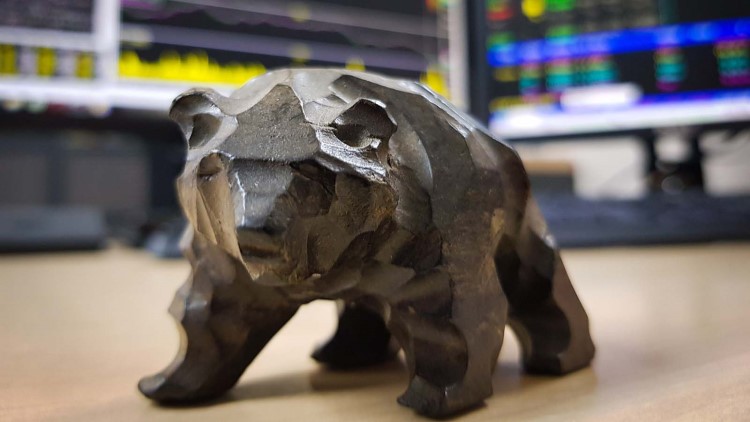FXOpen

Regardless of the type of the market (i.e., currencies, commodities, equities), traders refer to the market as either being bullish or bearish. In a bullish market, traders go long, or buy. A bearish market, in contrast, requires selling.
However, it doesn’t mean that pullbacks do not take place in a bullish market, or spikes do not form in bearish ones. But the two market conditions, bullish and bearish, are very different and have a different impact on the trader.
Bullish vs. Bearish – Complacency vs. Panic
The main difference between the two types of the market is that bulls and bears see the price action differently. Human nature makes us feel more comfortable when the price of an asset rises, and complacency affects judgment. After all, if the price rose for three months, what should change in the next three months? Bulls don’t worry. For this reason, a bullish market always rises faster than a bearish market falls.
In a bearish market, pressure builds for the trader to take action. Buy the dip or liquidate the position? In some cases, the more the trader waits, the faster the market declines. Panic trading is responsible for much of the losses associated with bear markets.
How to Survive in a Bearish Market
It depends on the type of market traded. When trading currencies, bearish markets have similar technical conditions like bullish ones – only the speed differs.
Things differ when having an equity portfolio. Treating bearish markets as an investor requires different decisions.
Make Sure You Know the Rules of a Trend
From a technical point of view, make sure you know the rules of a trending market. A rising market always forms a series of higher highs and higher lows – a break of the higher low implies the bullish market ended.
Use a Benchmark
This may be a level showed by an indicator. For instance, on any price pullback of more than 20% from the highs, it is reasonable to assume that the bull market ended, and the bear market started. Hence, from that moment on, the focus shifts to the bearish trending conditions – lower lows and lower highs.
Use Stops
More important than anything, use stop-loss orders. As the name suggests, they stop the loss according to the trading plan, so make sure you leave them in place. This way, a layer of protection ensures the account survives to trade another day.
Diversification
Diversification is especially useful when trading equities, but it works well when trading currencies too. One position common across many different trading strategies is to keep a proportion of the funds in the trading account in cash. This way, you’ll be able to profit from market pullbacks or new opportunities that may arise.
Hedging correlated trades offers another protective layer in a bear market. For instance, when equities indices fall, the price of gold shoots up. Sometimes, the move in gold more than compensates the move in equities, so traders always allocate a proportion of their trading accounts to a gold position.
Conclusion
There’s no rule that applies to survive in a bear market that’s not valid for a bull market as well. The trader should always remain in a heightened state of alert to make the most of the market moves.
Any decision to go in or out of a market should come at the end of a thorough analysis of the underlying conditions. A bullish or bearish market requires different actions (looking for longs or shorts), but the factors leading to the decision to trade are similar.
To sum up, a proactive trader would never be surprised by a bearish market. On the contrary, he/she will make the most of it.
This article represents the opinion of the Companies operating under the FXOpen brand only. It is not to be construed as an offer, solicitation, or recommendation with respect to products and services provided by the Companies operating under the FXOpen brand, nor is it to be considered financial advice.





